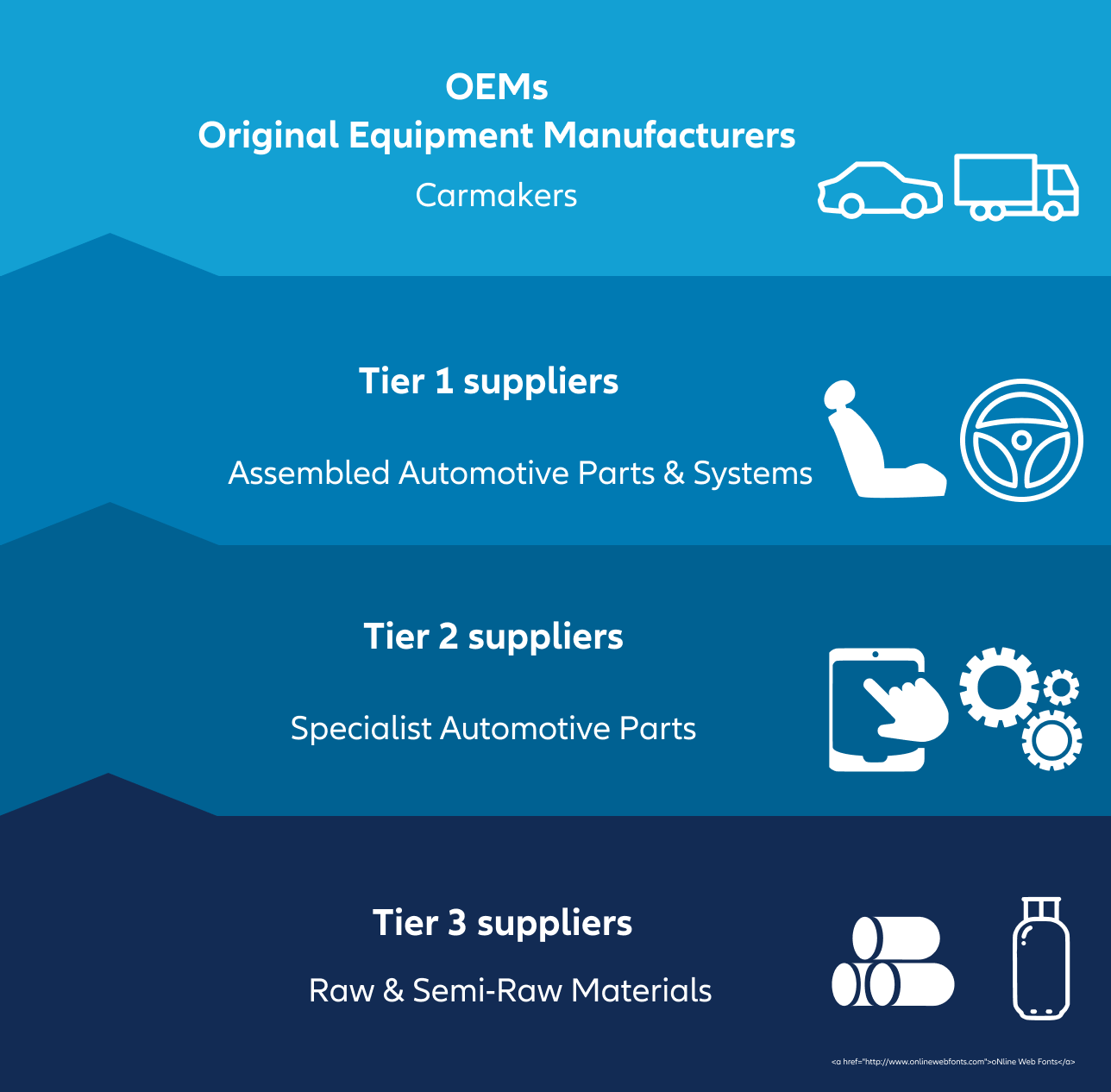Tier 1 and Tier 2 suppliers have faced several overlapping challenges that have affected company finances, from border closures and component shortages that led to production delays and stoppages.
Say that a Tier 1 supplier has ordered a part from its Tier 2 contact, but that component can’t be obtained. In this scenario, the Tier 2 supplier might extend the payment terms. However, at the same time it has placed an order with one of its suppliers and paid in advance for the goods. This impacts their cash flow, budget and planning.
Tier 3 suppliers are often smaller and less diversified, both in terms of buyers and production sites, and their biggest challenge is the rapidly rising price of energy and materials. Plus, bound by annual pricing agreements with their customers and without a “USP,” they have limited ability to pass those cost increases on in the short term. These conditions put pressure on Tier 3 suppliers’ liquidity, making credit risk management all the more important.




